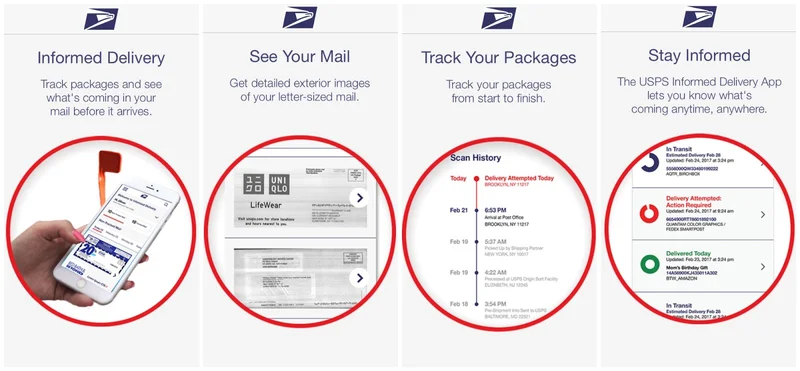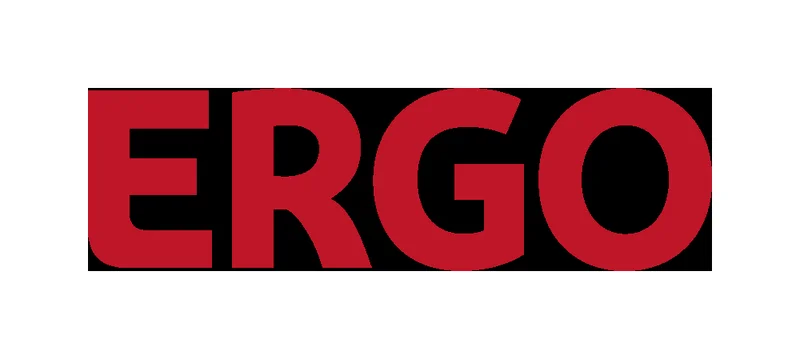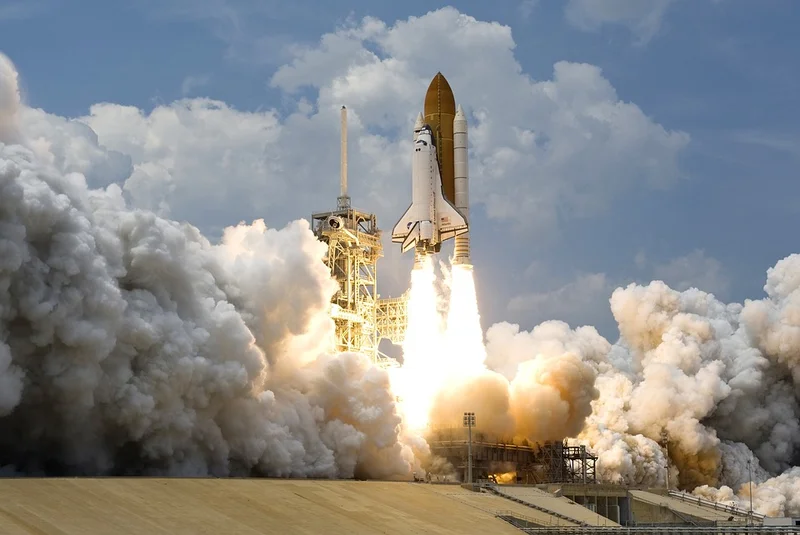USPS Launches Informed Delivery App: A Sign of Government Innovation as FEMA Halts Preparedness Grants
The Last Mile, Digitized: Why the New USPS App is More Than Just Package Tracking
There's a strange, almost primal magic to physical mail. For all our digital inboxes and instant notifications, the feeling of holding a letter, of seeing a package on the doorstep, remains stubbornly unique. It’s a tangible connection in an increasingly virtual world. I’ve always believed that the future isn’t about replacing the physical with the digital, but about building elegant, intuitive bridges between them. On October 2nd, the United States Postal Service, an institution we often think of as a relic of a bygone era, quietly laid the cornerstone for one of the most significant of those bridges.
They launched an app.
On the surface, the new Informed Delivery mobile app seems straightforward, almost mundane. Push notifications. Package tracking. Biometric login. These are standard features in 2025. But to dismiss this as just another app is to miss the profound shift happening just beneath the surface. This isn't about convenience; it's about the creation of a digital twin for the last, most personal mile of the physical world. It’s the moment the 250-year-old circulatory system of our nation developed a digital nervous system.
When I downloaded the app and saw the first black-and-white scan of a letter addressed to me—a letter that was still hours away, sitting in a mail carrier’s truck somewhere across town—I honestly just sat back in my chair. It felt like seeing a ghost from the future. That single, simple image represents a monumental leap: the conversion of a purely physical object into a piece of actionable data before it even reaches you. We're not just tracking packages anymore; we're getting a preview of our physical reality.
The Invisible Bridge
Let’s break down what’s really happening here. The USPS, as part of its massive 10-year "Delivering for America" plan, isn't just buying new electric trucks and upgrading sorting facilities. It’s building a data infrastructure on top of its physical one. The app is simply the consumer-facing portal to this new reality.
Think of it this way. For centuries, the mail stream has been a black box. You drop a letter in, and with a bit of faith, it appears somewhere else days later. This new system transforms that opaque process into a transparent, data-rich journey. The ability to scan a tracking barcode with your phone's camera, or to see an image of an incoming bill, or to share a delivery status with a single tap—these aren't just features. They are the building blocks of a new language between us and the objects moving through the world.

This system is an invisible bridge. It connects your digital intent (clicking "buy now") with the physical conclusion (the box on your porch) and fills the anxious void in between with light and information. It’s the kind of fundamental infrastructure project that doesn't make splashy headlines but changes everything in subtle, pervasive ways. What happens when this bridge becomes a two-way street? Could we one day use the app to reroute a package mid-trip, or to tell our mail carrier to hold a specific letter but deliver the rest? The platform is now in place, and the possibilities are staggering.
From Atoms to Bits, and Back Again
This is the part that truly gets me—it’s not just about knowing a package is coming, it’s about the potential to integrate that knowledge into our smart homes, our calendars, our entire digital lives, creating a seamless flow of information between the physical and the digital that we’ve only dreamed of. The app is creating a metadata layer for every piece of mail—in simpler terms, it's like adding a digital "tag" to every physical envelope and box that tells you where it is and what it is before it even arrives.
This is a paradigm shift on the same order of magnitude as the invention of the telegraph. Before the telegraph, information moved at the speed of a horse or a train. The telegraph didn't just make messages faster; it completely collapsed our perception of distance and time, rewiring commerce, warfare, and human relationships. The Informed Delivery app is beginning to do the same thing for physical objects. It decouples the information about an object from the object itself.
Of course, a firehose of new data brings new responsibilities. The convenience of seeing your mail in advance is predicated on an immense amount of trust. We are giving a single entity a near-complete map of our incoming physical lives—from birthday cards to medical bills to legal documents. The inclusion of biometric security is a crucial and reassuring first step, but it opens up a necessary conversation about data governance. How is this information stored? Who has access to it? What are the policies that protect this deeply personal new data stream? As we build this incredible new world, we have to be the architects of its ethics, too.
While widespread public reaction is still coalescing around the launch, the core technology is a quiet revolution. It begs some incredible questions. What happens when this data becomes predictive? We're already seeing hints of it in package delivery estimates, but what if the USPS could one day tell you with near-perfect accuracy the exact hour your new driver's license will arrive based on real-time traffic and historical delivery patterns? What new businesses and services will be built on top of an API that knows the location of nearly every physical object in transit?
We are standing at the very beginning of this new reality. The humble, government-funded postal service, the one we all thought was being disrupted into oblivion, has just laid the rails for the next evolution of logistics. It has reminded us that innovation doesn't always come from a flashy startup in Silicon Valley. Sometimes, it comes from the patient, monumental effort of modernizing a system we all depend on.
The Mailbox Just Woke Up
Forget smart fridges and talking speakers for a moment. The most profound "smart device" to enter our lives this year might just be the old metal box at the end of the driveway. With this app, the mailbox is no longer a passive receptacle. It has become an active, intelligent, data-rich node in our connected lives. It now has a voice, a presence in the digital world that precedes its physical reality. This isn't just an upgrade; it's an awakening. And I, for one, can't wait to see what it says next.
Related Articles
AMC: Unlocking the Future of Shared Experiences
The Unseen Revolution: When Our Minds Become Limitless Imagine a world where your deepest thoughts,...
Ergo: Can a Chair *Really* Fix Your Posture?
Alright, let's get real about this Frido Glide Ergo Chair. So, I spent a month glued to this thing,...
IBM: Jamie Dimon's Texting Ban and Why It's All Ridiculous
IBM's CEO Thinks Jamie Dimon's Anti-Texting Stance Is "Weird"—and He's Right Okay, so Jamie Dimon wa...
Sonder & Marriott's Breakup: What Happened?
Marriott and Sonder's Split: A Glitch in the Matrix, or a Portal to Something New? The news hit the...
Honda Recalls 2025: Checking VINs and What We Know
Honda's 2025 Recall Risk: Is History About to Repeat Itself? Honda has built a reputation for reliab...
Planet's Space Platform for Google's Moonshot: What's the Catch?
Google's Space-Based AI Dream: Ambitious or Just Plain Insane? Alright, let's get this straight. Goo...





